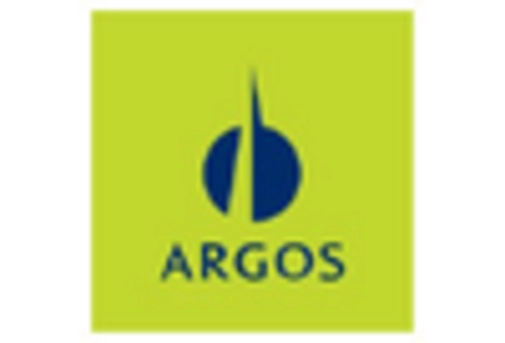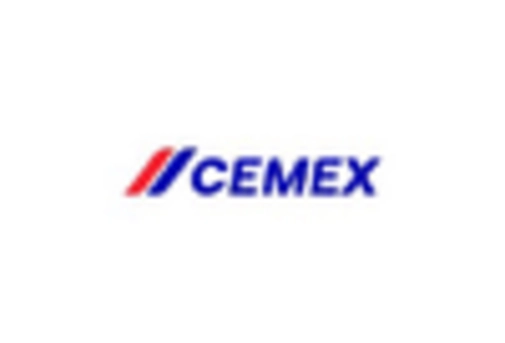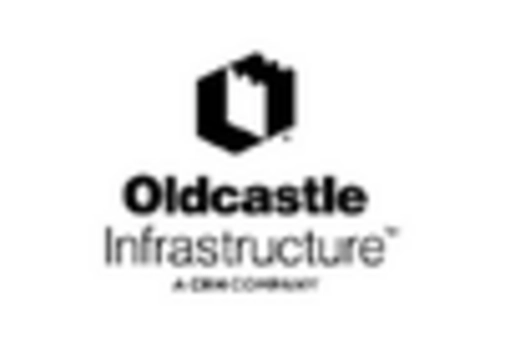The competitive landscape of the US Oil Well Cement Market is shaped by various factors, including demand from oil and gas exploration, production activity, and the overall health of the energy sector. Companies in this market are vying for a share by offering specialized products that cater to drilling operations, well integrity, and environmental considerations. Innovation plays a crucial role, with firms investing in research and development to enhance the performance characteristics of their cement solutions.
The market is characterized by a mix of established players and new entrants, each trying to leverage their unique strengths, including technology, distribution networks, and customer relationships, to gain a competitive edge in this vital segment of the oil and gas industry.
Argos USA has established a significant presence in the US Oil Well Cement Market through its commitment to quality and a robust product portfolio tailored for the needs of the energy sector. The strengths of Argos USA lie in its advanced manufacturing processes and consistent delivery of high-performance cement solutions designed specifically for oil extraction and well cementing applications. Their emphasis on sustainability and eco-friendly products gives them an advantage in meeting the growing demand for environmentally responsible practices among oil and gas companies. Moreover, Argos USA benefits from an extensive distribution network that enables efficient supply chain management.
This strategic positioning allows the company to respond quickly to market demands and enhances its potential to capture greater market share in a competitive industry.
Gulf Coast Cement holds a commendable position in the US Oil Well Cement Market, focusing on a range of key products such as high-grade oil well cements designed to meet specific performance criteria essential for the challenging environments of oil drilling. The company has built a formidable reputation through its strength in production capabilities and customer service, ensuring timely deliveries and support. Gulf Coast Cement's market presence is further bolstered by various strategic partnerships and collaborations that enable it to enhance its offerings and expand its footprint.
The firm has also engaged in mergers and acquisitions to augment its capabilities and access new market segments, positioning itself as a formidable competitor in the landscape. By fostering innovation and maintaining a rigorous quality assurance system, Gulf Coast Cement continues to capture attention within the US Oil Well Cement Market, appealing to a diverse clientele.




















Leave a Comment